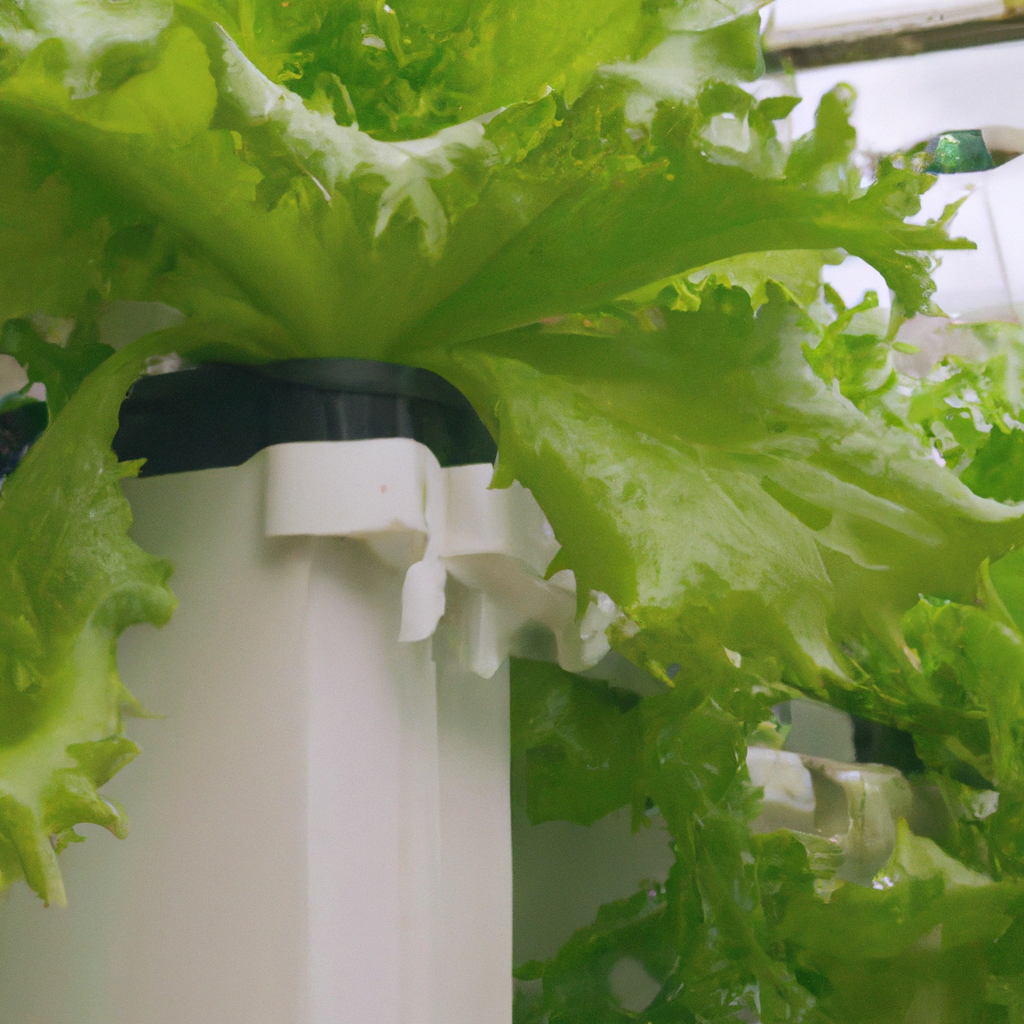Hydroponics is a type of indoor gardening that is becoming increasingly popular due to its ability to produce high-quality crops without the use of soil. This method of cultivating plants is known as hydroponic gardening, and it involves growing plants in nutrient-rich water instead of soil. A hydroponic system is a way of growing plants indoors without using soil, and it is designed to supply plants with everything they need for optimal growth. In this article, we will explore how a hydroponic system works, including the different types of hydroponic systems, the benefits of hydroponics, and the nutrients that are used to grow hydroponic plants.
Types of Hydroponic Systems
There are several types of hydroponic systems, each with its unique characteristics and advantages. Some of the most common types of hydroponic systems include:
1. Deep Water Culture (DWC) – In this system, the plant roots are suspended in nutrient-rich water, and an air pump is used to provide oxygen to the roots. DWC systems are one of the simplest and most popular types of hydroponic systems.
2. Drip System – In this system, the nutrient solution is delivered to the roots of the plants using a series of tubes and drip emitters. This system is easy to set up and is ideal for larger plants that require more water and nutrients.
3. Nutrient Film Technique (NFT) – In this system, a shallow stream of nutrient-rich water is circulated over the roots of the plants. NFT is ideal for growing small plants, such as herbs and lettuce.
Benefits of Hydroponics
Hydroponic gardening has several benefits over traditional gardening methods, including:
1. Higher yields – Hydroponic plants grow faster and produce higher yields than traditional plants.
2. Year-round growing – With hydroponics, you can grow plants year-round, regardless of the season.
3. Space-saving – Hydroponic systems are ideal for urban farming and indoor gardening, where space is limited.
4. Sustainability – Hydroponics is a sustainable form of agriculture that uses less water and produces less waste than traditional farming methods.
Hydroponic Nutrients
Hydroponic plants require specific nutrients to grow and thrive. These nutrients include:
1. Nitrogen (N) – Nitrogen is essential for plant growth, and it is responsible for the development of leaves and stems.
2. Phosphorus (P) – Phosphorus is necessary for root development and the production of flowers and fruits.
3. Potassium (K) – Potassium is vital for plant growth and is responsible for the development of strong stems and roots.
4. Calcium (Ca) – Calcium is necessary for the development of healthy cell walls in plants.
5. Magnesium (Mg) – Magnesium is essential for photosynthesis and the production of chlorophyll in plants.
Hydroponic Gardening
Hydroponic gardening is a rewarding and sustainable way to grow plants indoors. To set up a hydroponic system, you will need a few basic components, including a reservoir to hold the nutrient solution, a pump to circulate the solution, and a grow tray to hold the plants. Once you have assembled these components, you can add your hydroponic nutrients to the reservoir and begin growing your plants.
Hydroponic Vegetables
Hydroponic vegetables are some of the most popular crops grown using hydroponic systems. These vegetables include:
1. Lettuce – Hydroponic lettuce is fast-growing and produces high yields.
2. Tomatoes – Hydroponic tomato plants are easy to grow and produce large, juicy fruits.
3. Cucumbers – Hydroponic cucumbers are ideal for indoor gardening and can be grown year-round.
Conclusion
In conclusion, hydroponic systems are a sustainable and efficient way to grow plants indoors. Hydroponic gardening offers several benefits over traditional gardening methods, including higher yields, year-round growing, and space-saving. With the right hydroponic nutrients and a little bit of planning, you can grow a variety of hydroponic vegetables and herbs in your own home. So why not try hydroponics today and experience the benefits of this innovative and rewarding form of indoor gardening?







